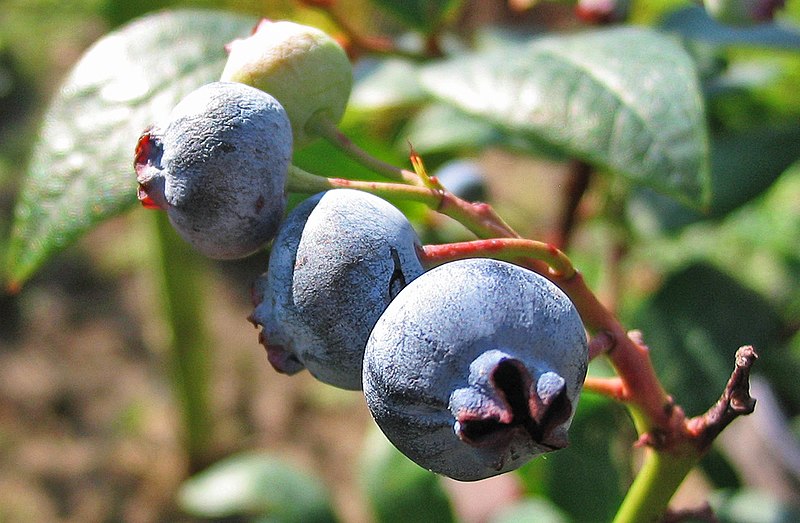Highbush Blueberry Identification – Vaccinium corymbosum
Heads up
Deep within the swamps, bogs, and high elevation forests of North America, grows the Highbush Blueberry, also known as Vaccinium corymbosum. Belonging to the Ericaceae or Heath family, this versatile plant offers more than just delectable berries. It paints a picture of vibrant colors across seasons. This plant is a favorite among wildlife. Bees and butterflies are attracted to its flowers, ensuring pollination. The berries are relished by bears, and various birds. Even deer and rabbits nibble on the twigs.
Highbush Blueberry: Key Parts in Photos




How to identify Highbush Blueberry
Highbush Blueberry is an upright, multi-stemmed shrub that grows up to 12 feet in height. The new shoots of the plant are smooth, with colors ranging from yellow-green to reddish. As for older stems, their bark turns gray-brown and is thinly furrowed, with shallow grooves or depressions.
In the spring, the leaves appear reddish-green and as summer sets in, they turn a rich blue-green, with a lighter shade underneath. Each leaf is simple and grows alternately on the stem. They are elliptical or ovate (egg-shaped) and measure about 1-3 inches in length. The edges of the leaves might be smooth or have tiny teeth. And here’s the best part: when fall arrives, these leaves put on a colorful show, changing into a medley of red, orange, and purple.
In spring, the plant blooms with small flowers that are either pink or white. They’re bell-shaped and grow in clusters. If you look closely, you’ll notice that the flower petals are fused together.
The fruits of the Highbush Blueberry emerge in summer. Starting as green berries, they ripen into a blue to purple hue when fully mature. They’re not too big, with most being less than an inch in diameter, but they’re packed with flavor. Remember, though, not every shrub will bear fruits; only female plants can produce berries, but they need help from male plants.
